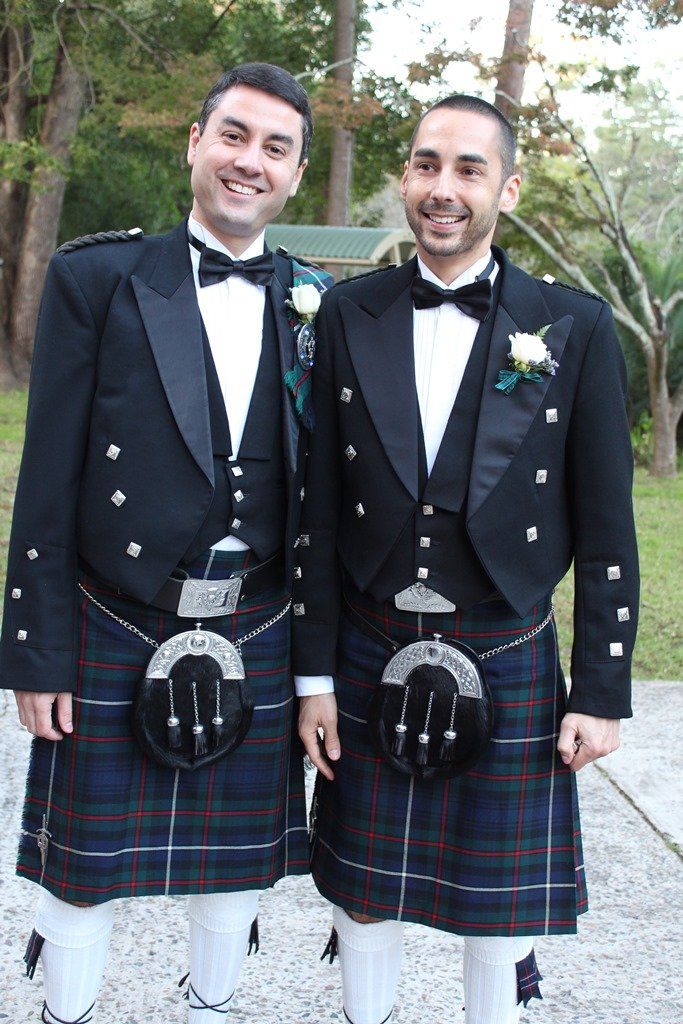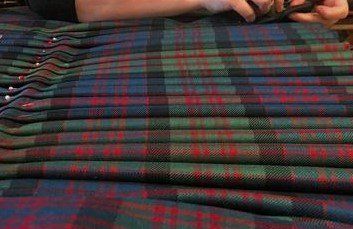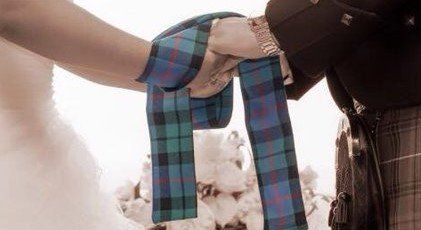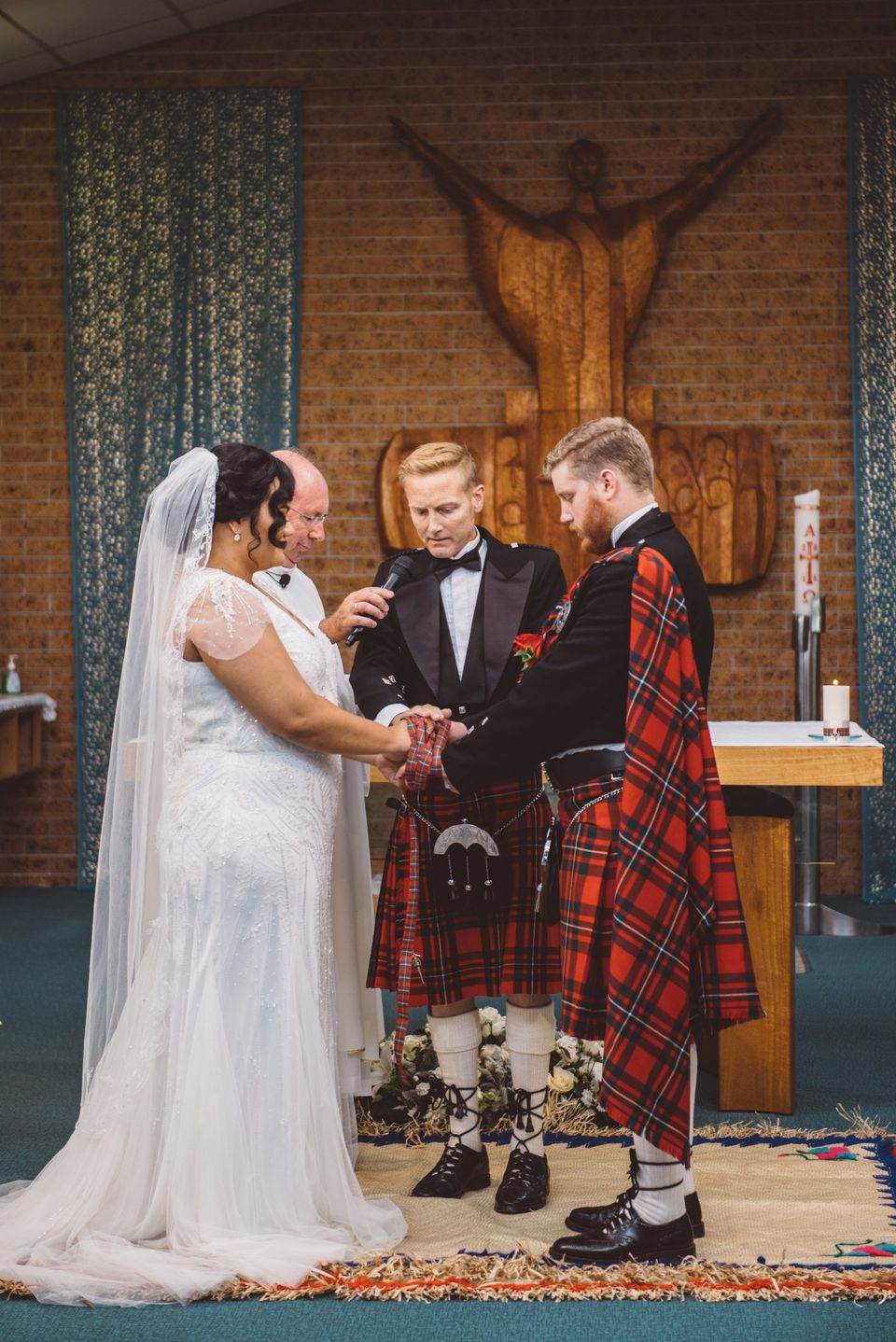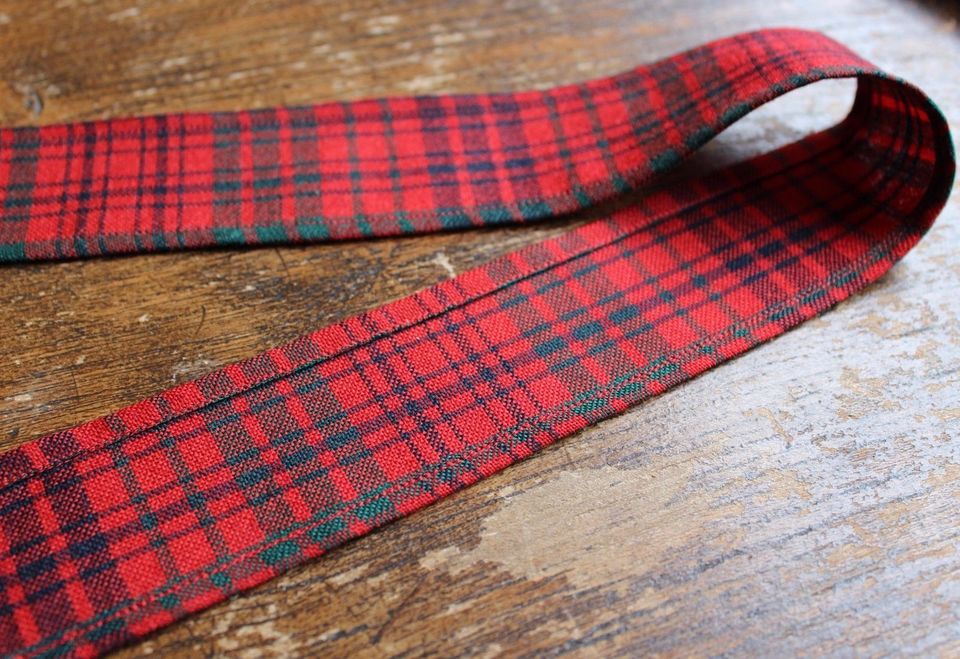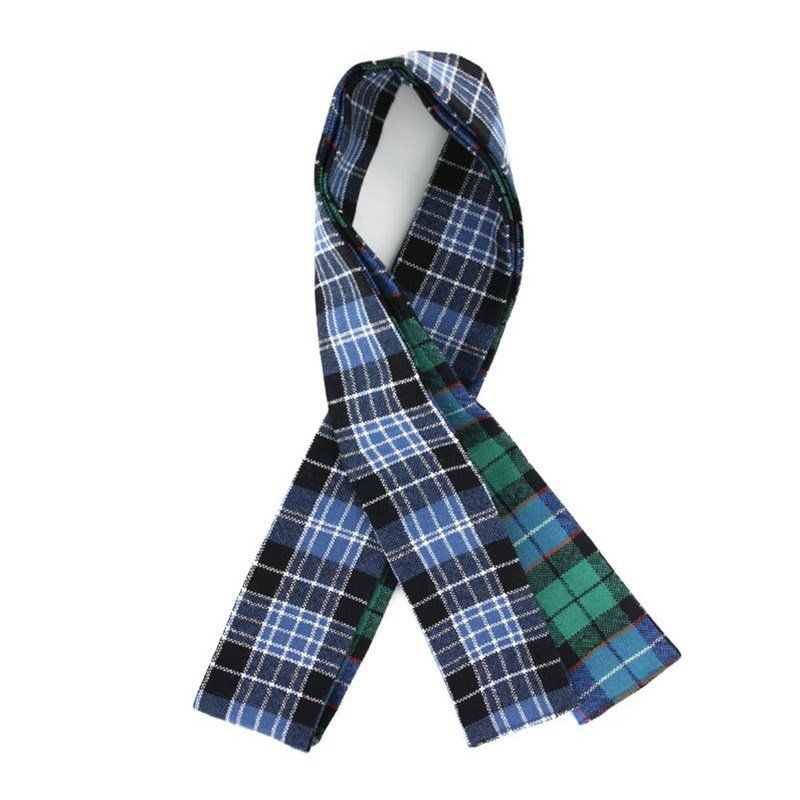Blog
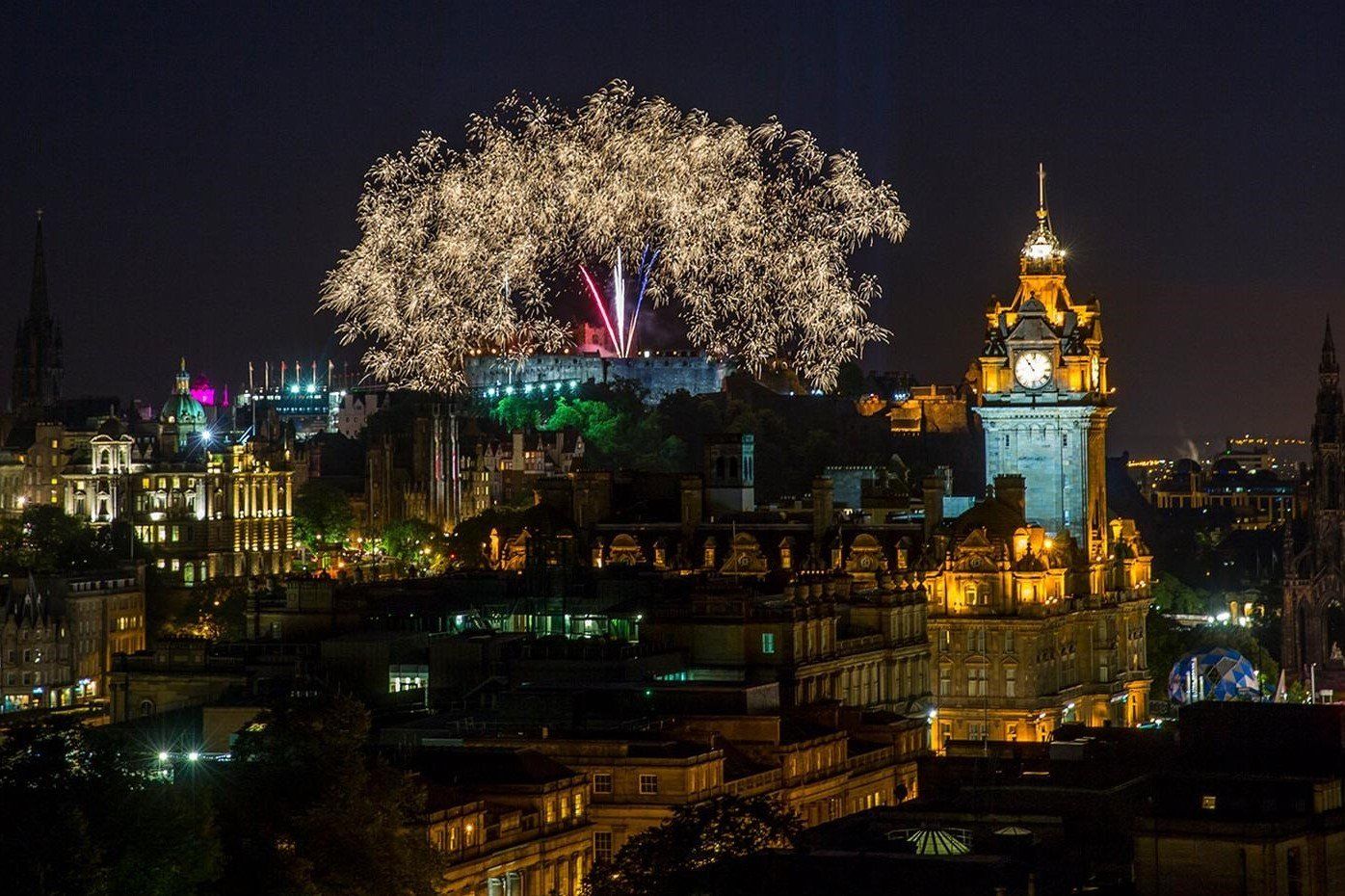

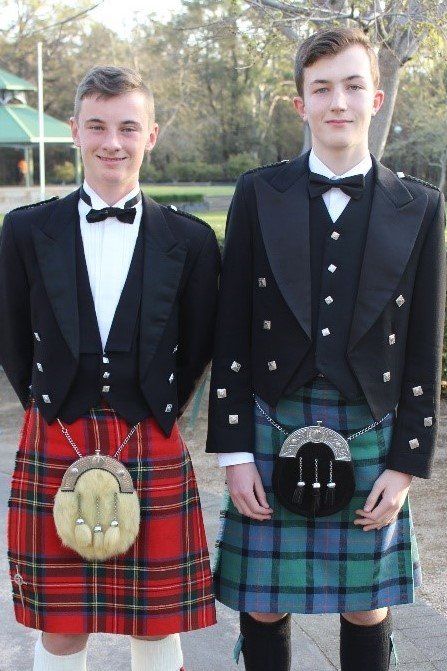
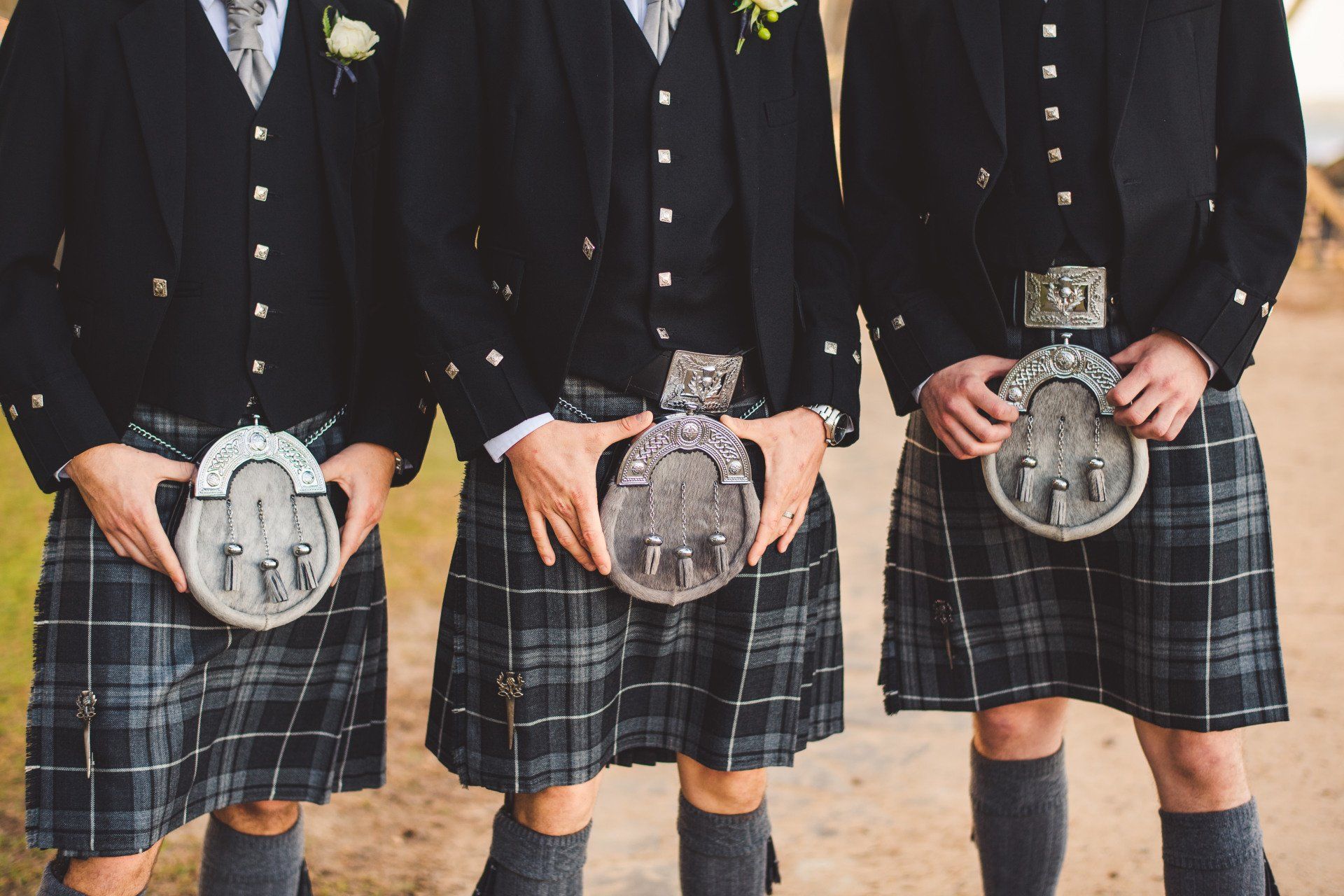
Hand Fasting
An ancient Celtic tradition, still suitable for your wedding today.
Hand-fasting is an ancient tradition dating
back to the Celts and is now experiencing a comeback at weddings across the
globe.
The history and tradition of hand-fasting is as varied as the source from which you research it. Here we explain a little of the origin of the ceremony and also a suggestion on incorporating it into your wedding today.
There are many rituals that have lasted centuries that symbolise a
couples love and commitment. The handfasting ceremony dates back to the time of
the ancient Celts. It was used to acknowledge the beginning of a trial period
of a year and a day during which time a couple were literally bound together -
hand fasted. It was however a temporary agreement which could be made permanent
after the trial period if both parties agreed.
Nowadays, the handfasting ceremony is only used symbolically, as marriage
according to the law in Australia is a lifetime commitment. The bride and
groom’s hands are joined together, usually holding hands so the wrists and
pulses are touching, or holding hands in whichever position the bride and groom prefer. Then with a ribbon or symbolic material, the wedding celebrant or a selected family member or friend should loop the Hand-fasting ribbon over the bride
and groom’s wrists/hands and tie in place. I would recommend a rehearsal so that everyone is familiar with the
ritual before the ceremony day.
The words spoken usually express that the couple are bound by their love and
commitment for one another and like the cord, which has two individual ends,
they are two individuals. Yet, in essence, they are one.
The bride and groom usually remain joined by the looped ribbon until after the
marriage vows are exchanged - not for a year and a day!
Hand-fasting ribbons can be made single sided in one tartan or in a beautiful gesture of 2 clans combining at the wedding, both tartans can be incorporated into a double sided ribbon, using the 2 different clan tartans.



